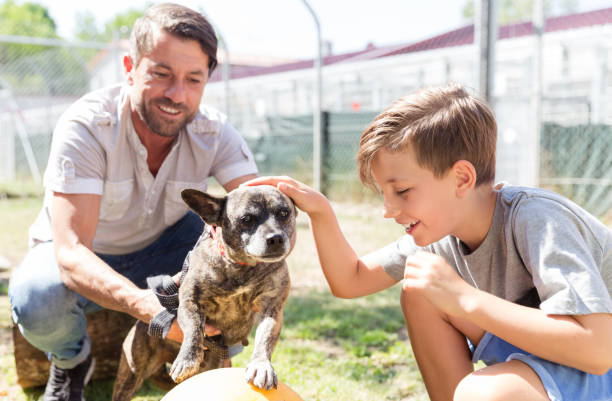Human Interaction Moderates Plasma Cortisol and Behavioral Responses of Dogs to Shelter Housing

Housing in an animal shelter is a stressful experience for dogs. This study examined the effects of different forms of human interaction on concentrations of circulating cortisol and stress-related behaviors of dogs within 40 h of admittance to a county animal shelter. Blood samples were collected before and after 30-min sessions in a secluded area in which dogs received one of three forms of human interaction: exposure to a passive human, petting, or play. Controls were either exposed to the secluded area alone, or remained in the general housing area. There was a substantial and near uniform reduction in plasma cortisol concentrations from pretest to post-test in all three conditions receiving human interaction, but not in control conditions. Human interaction also reduced behavioral signs of excitation/social solicitation (vocalizing) and fear (panting). Finally, pretest cortisol levels were found to predict levels of panting and another fear-related behavior (tongue protrusions) that dogs exhibited during subsequent testing. The findings suggest practical means of reducing stress, and potentially of improving the welfare, of dogs in shelters.
Shiverdecker, M. D., Schiml, P. A., & Hennessy, M. B. (2013). Human interaction moderates plasma cortisol and behavioral responses of dogs to shelter housing. Physiology & Behavior, 109, 75-79. doi:https://doi.org/10.1016/j.physbeh.2012.12.002
Photo: iStock.com/kzenon
View ResourceTopic(s): Dog to People - Positive Caretaker Interactions, Enrichment, Enrichment, Stress & Improved Welfare, Shelter and Rescue, Social Interactions